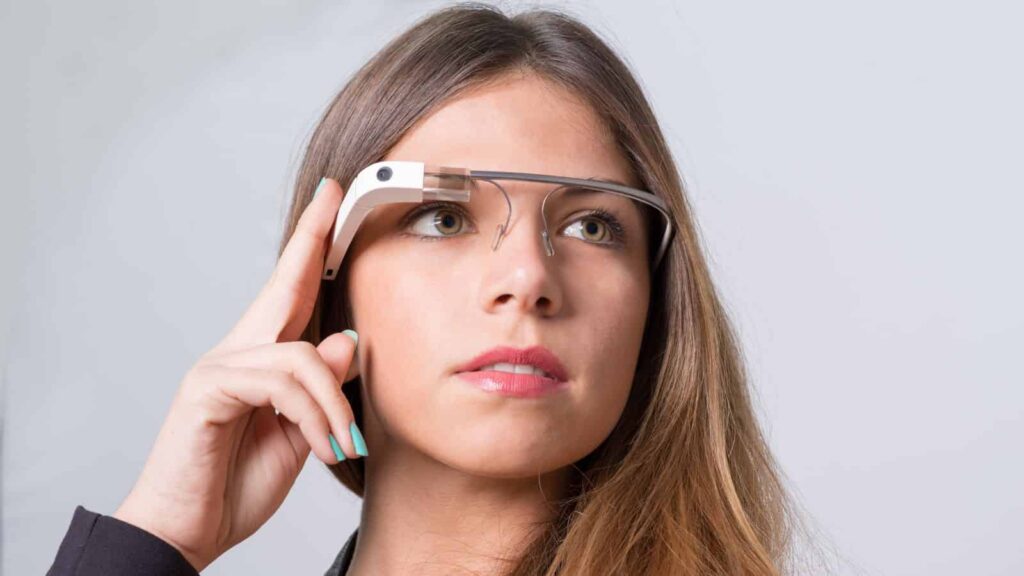The world of technology is a landscape of both remarkable achievements and memorable missteps. Some inventions have changed the world, while others have fallen short of expectations or lost the race against competing innovations. We take a look at some of the tech inventions that didn’t quite make the impact their creators had hoped for.
Microsoft Zune
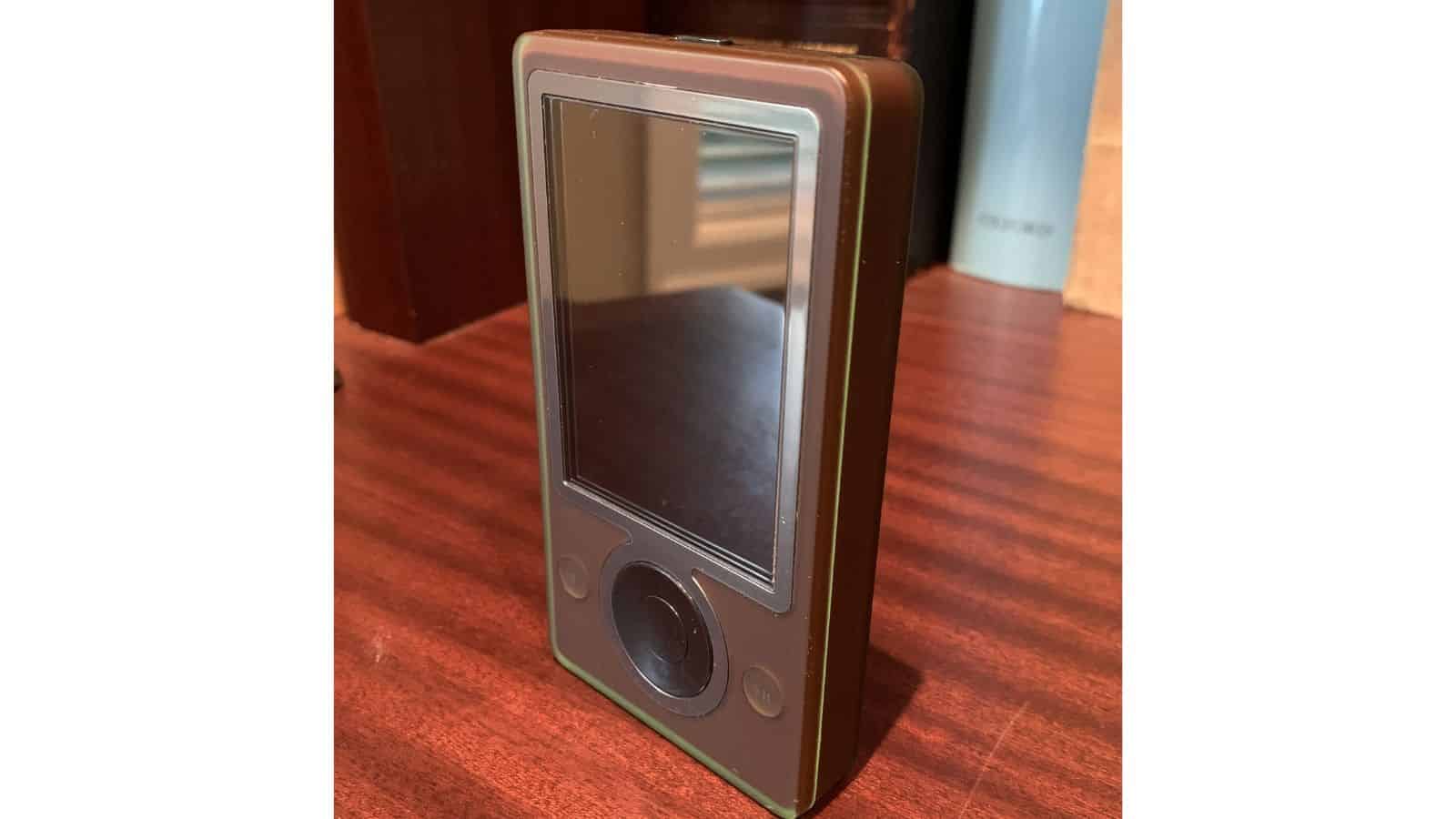
Microsoft spent a lot of time and effort pushing its personal MP3 player, but it may have been too little, too late. There was nothing wrong with the product except that it came out after the iPod was already set to dominate the market a few years earlier, and who knows what would have happened?
Amazon Fire Phone
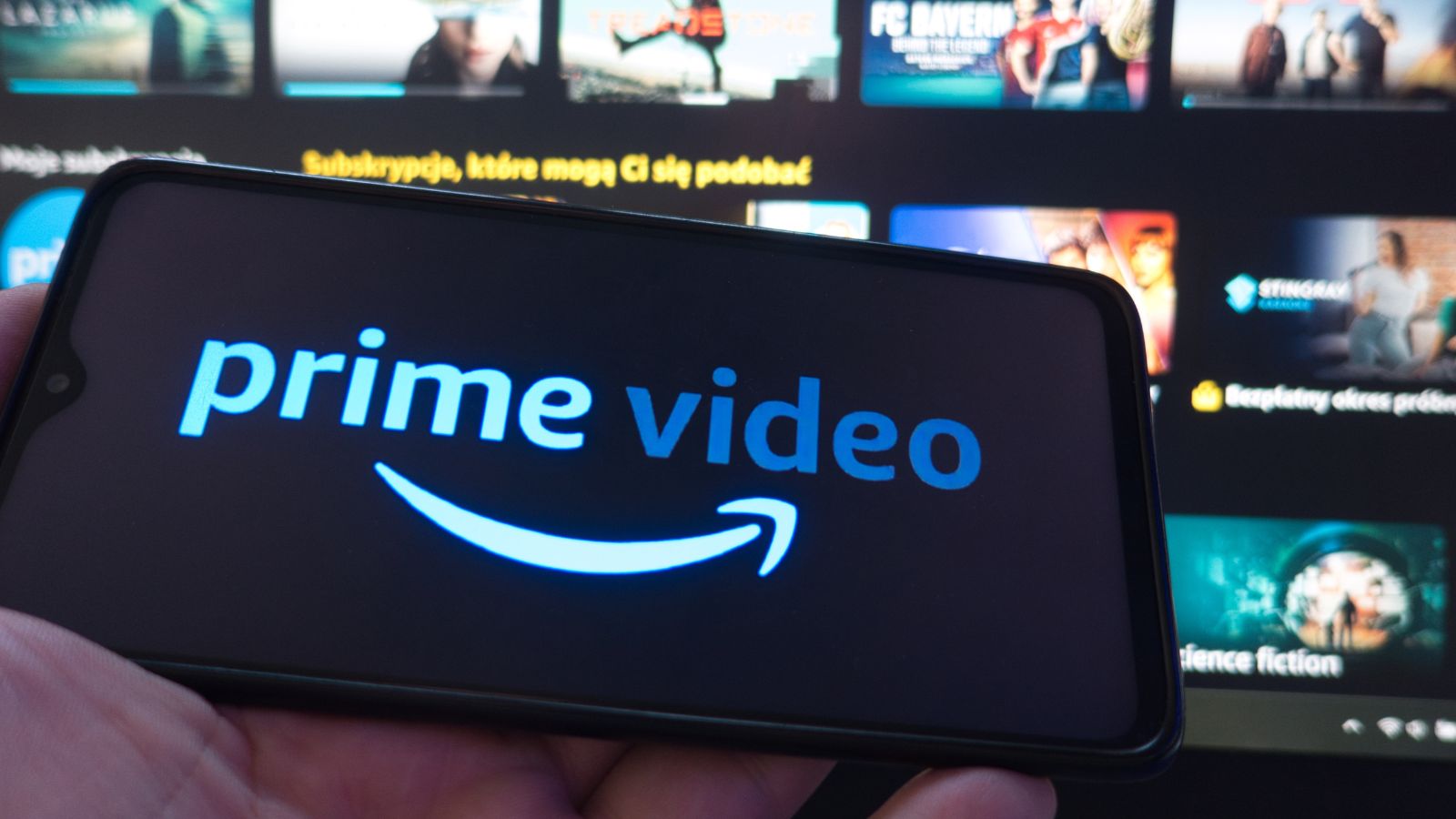
Amazon’s attempt at entering the smartphone market presented its first major flop since the company became a household name. Unfortunately for Amazon, it entered an already saturated market where people had expectations for what their phones needed to have, including apps the phone wasn’t compatible with. It also left its roots of offering efficient enough products at a low enough price that it was worth it and priced itself with its already established competition.
Samsung Galaxy Note 7
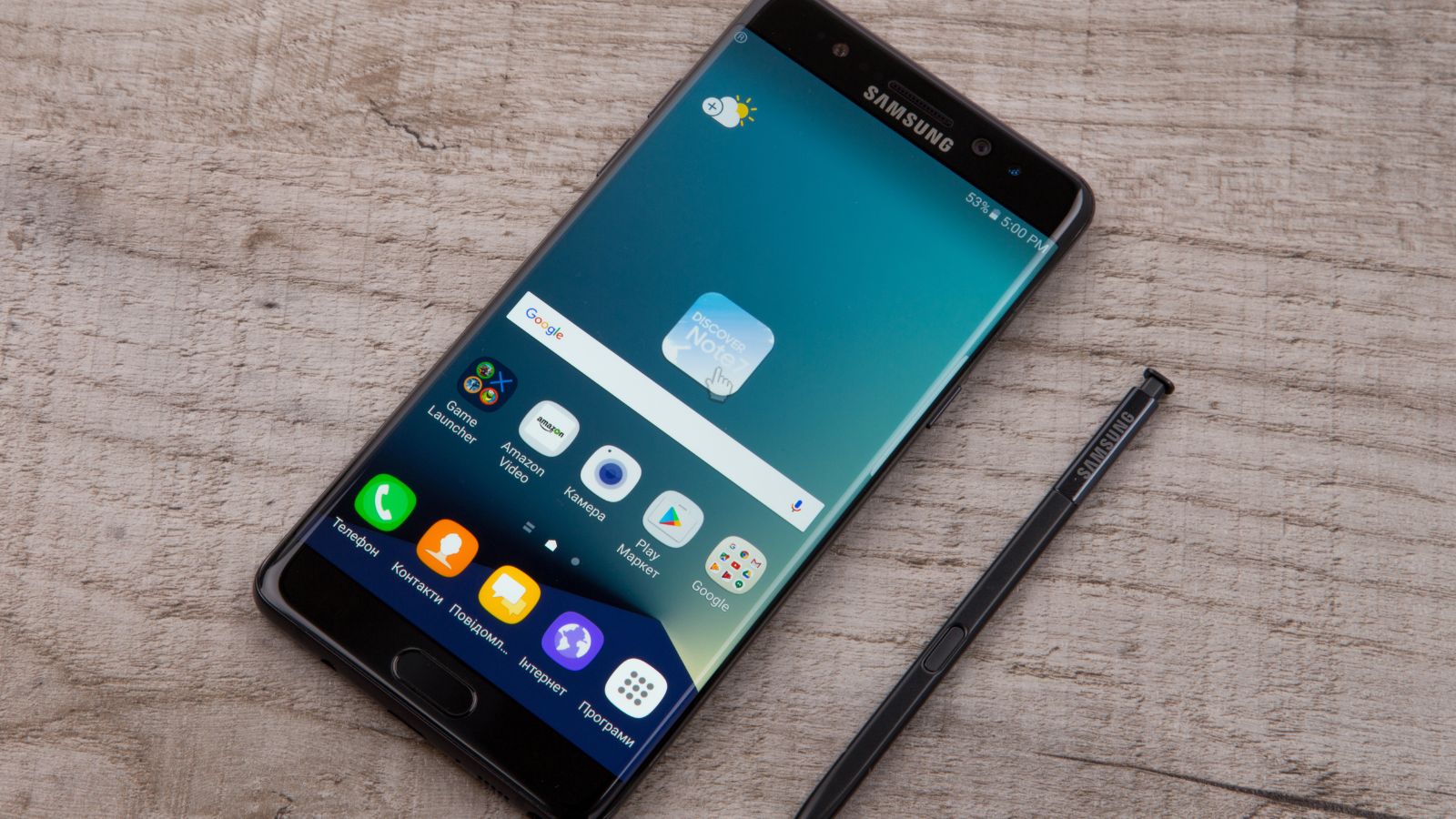
The Samsung Galaxy Note 7 was an Android smartphone released on August 25, 2016, with a 5.7″ display. Despite its initial success, the Note 7 was recalled and discontinued due to battery issues that caused the devices to catch fire.
Juicero

Juicero came on the scene wanting to be the Keurig of juice. It sold juices in a pouch with a QR code that could fill a cup with the use of the Juicero machine. Investors and Bloomberg eventually discovered that the machine wasn’t even needed. People could squeeze their juice packs by hand. People realized there was no point in buying the $700 machine and it quickly went under.
Google Glass

Despite having some potentially cutting-edge features like hands-free web navigation and live map imaging, Google Glass simply never took off. It seemed like a great idea to be able to film everything you see with discreet glasses, but it turns out people weren’t very keen on being filmed without their knowledge.
Apple Newton

“The number one requirement was that it had to fit in John Sculley’s pocket,” Wired writes. It was basically a notebook by today’s standards; it could take notes, store contacts, and manage calendars. It had a stylus for notes and claimed it could even translate handwriting into text. As one of the first personal digital assistants, the Apple Newton struggled with poor handwriting recognition and high costs, making it a commercial failure.
HD DVD

This is the perfect example of multiple technologies coming out to do the same thing at the same time. Toshiba’s HD DVD format lost the high-definition format war to Blu-ray due to Sony’s aggressive marketing, broader industry support for Blu-ray, and the PlayStation 3’s built-in Blu-ray player.
Segway

Hyped as a revolutionary mode of transportation, the Segway failed to gain widespread adoption due to its high cost, regulatory issues, and limited practicality. Segways are now only seen used by mall cops and tour groups.
Napster
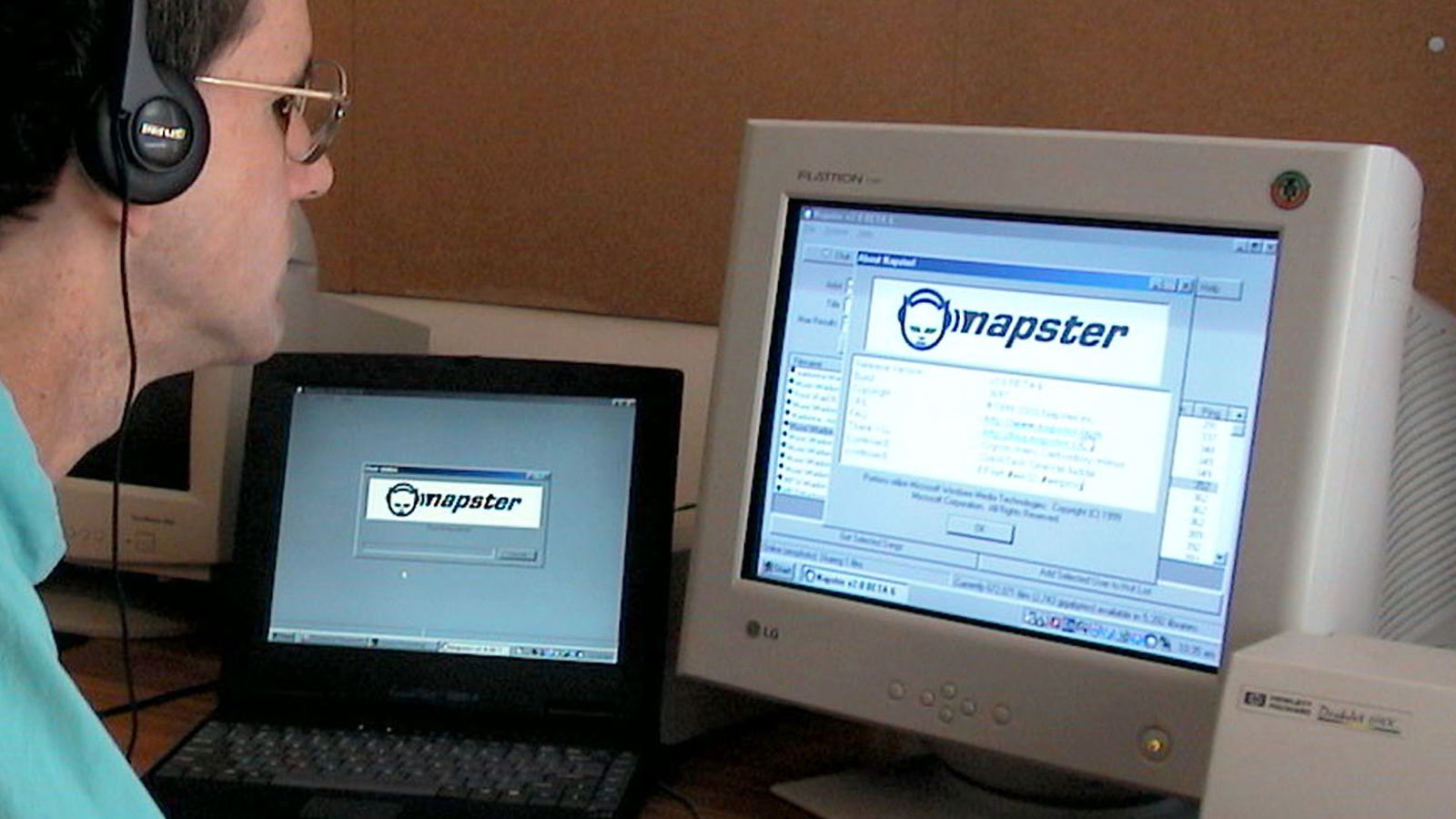
The concept of leaving CDs behind and having your entire music collection fit on a hard drive was unimaginable before Napster. Napster’s pride and joy was allowing peer-to-peer sharing of anything, including copyright-infringing songs and albums. But it also became its demise when it was forced to shift to a subscription-based model, which put it into bankruptcy.
Google Nexus Q

This media streaming device was criticized for its limited functionality. A device that only worked with Google services just wasn’t practical or appealing for many people; in the end, the Q just didn’t do enough to justify a price so much higher than a Roku or Apple TV at the time.
Apple Watch Edition

The luxury version of the Apple Watch, with its 18-karat gold casing, was seen on the wrists of the rich and famous when it was released. However, the five-figure price tag wasn’t as appealing to the average person as they had hoped, and it was discontinued after mediocre sales.
Google Barge
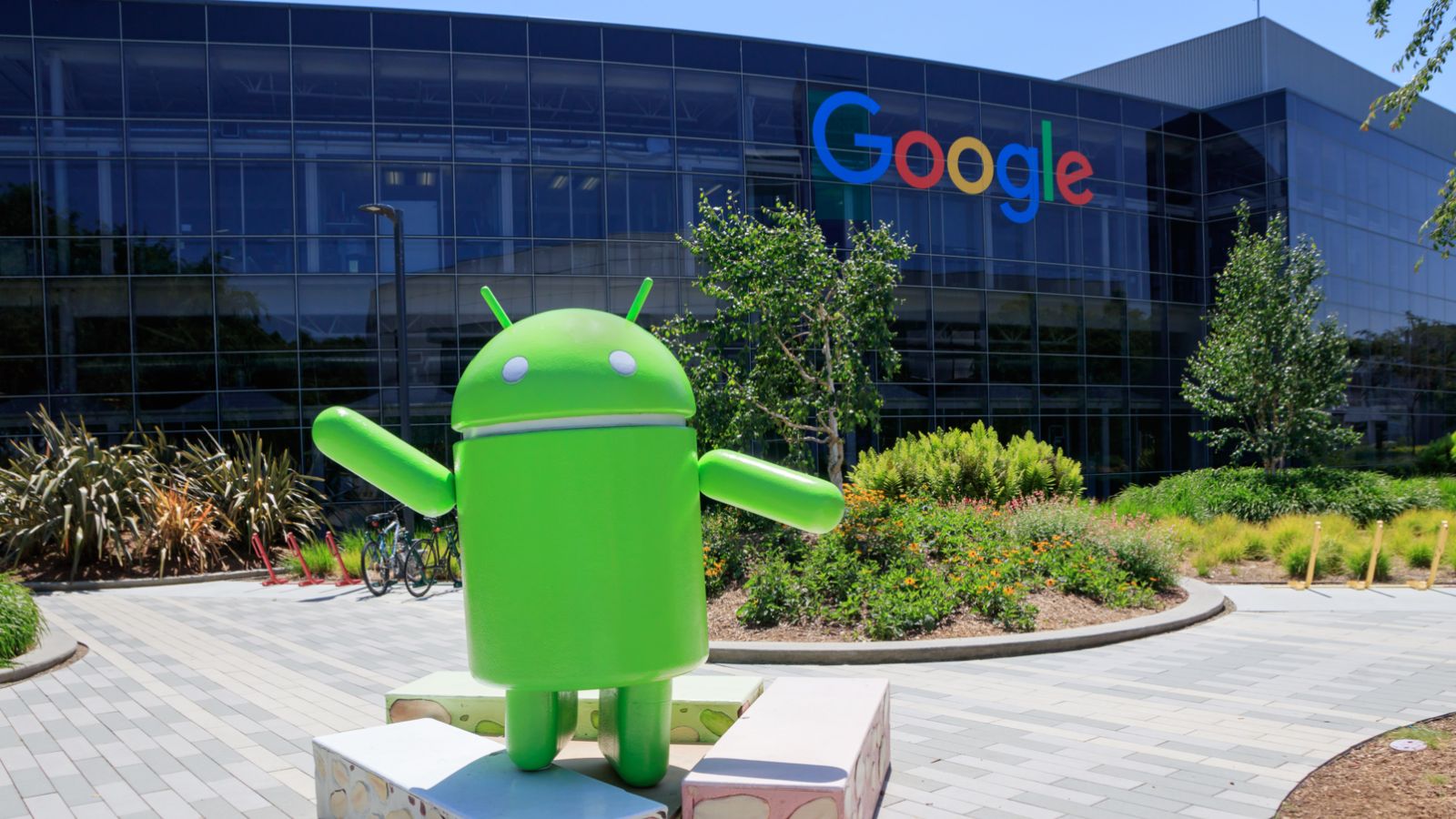
Theorized to be a showroom for products on a barge outside of San Francisco, the Google Barge, like many of Google’s outside-of-the-wheelhouse ideas, failed to sail. The barge couldn’t get permits to dock in the bay and was also deemed a fire hazard.
Samsung’s Galaxy Fold
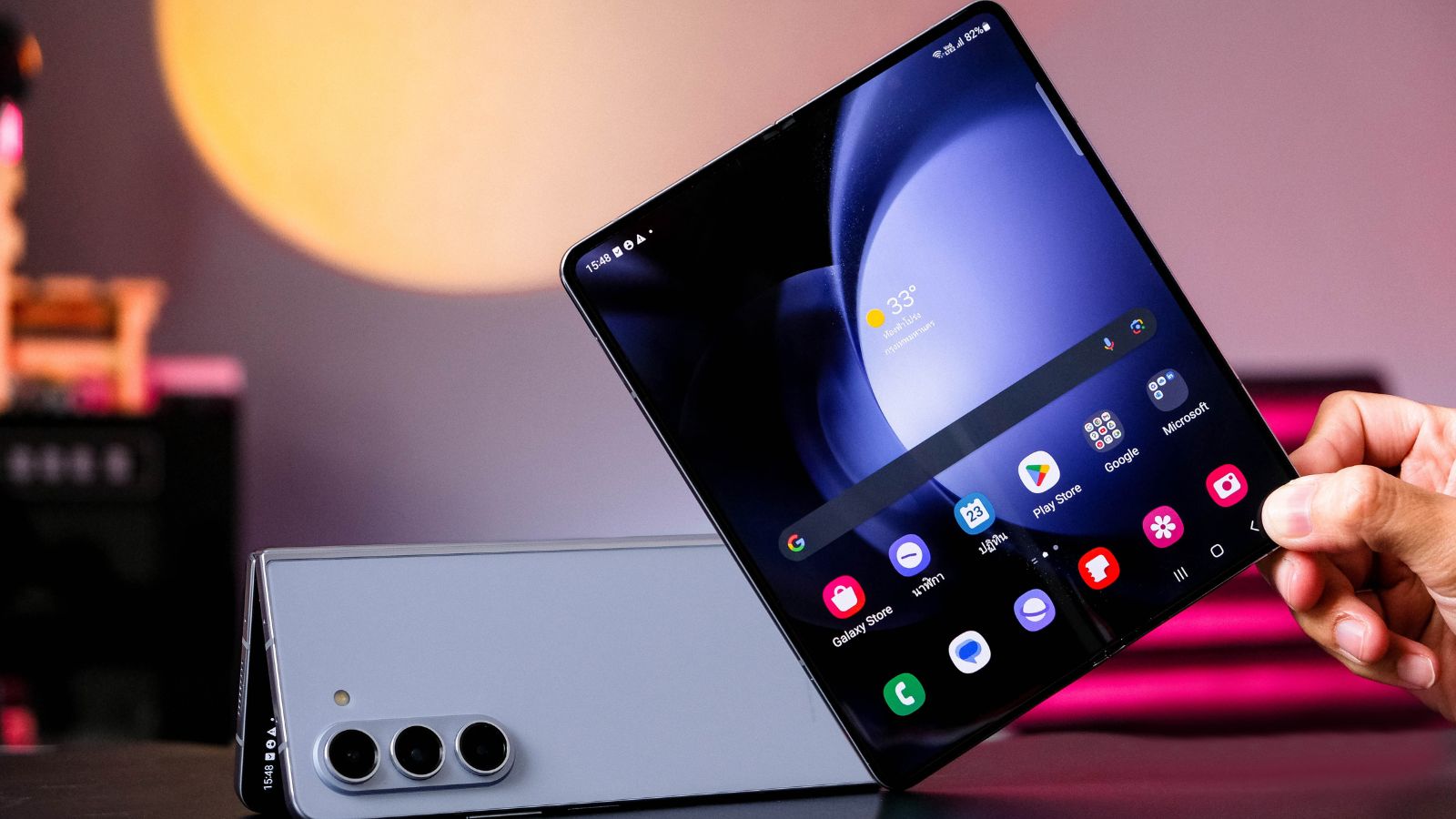
The first iteration faced issues with its folding screen breaking, starting with about 50% of the tech reviewers it was sent to prior to its release, which was a huge error before release. The company reworked the design and re-released it later, but the damage was done. Some will still want the smart version of the flip phone to work, but most don’t see the point.
Sony Betamax

Despite its superior quality, Betamax lost to VHS in the videotape format war due to longer recording times on VHS tapes and a larger selection of movies. The ‘70s were an exciting time for videotapes, with two companies vying to capture the market: JVC with VHS and Sony with Betamax. JVC’s product won out due to it being lighter (29 pounds vs. 36 pounds), having a longer recording capacity, and being cheaper.
LaserDisc
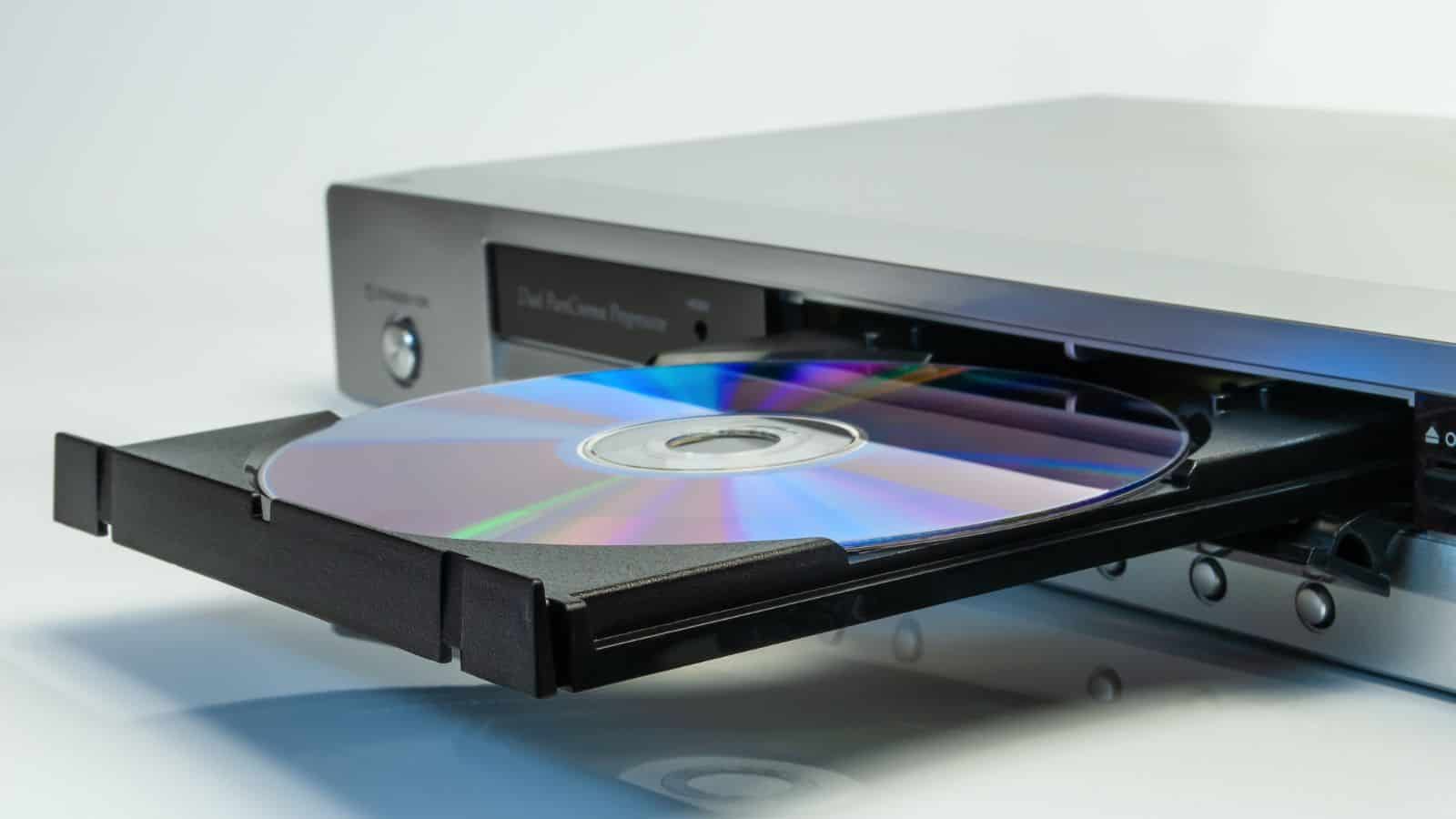
As an early optical disc storage medium, LaserDisc offered superior video quality. However, it failed due to its high cost, large disc size, and the emergence of the more compact and affordable DVD.

